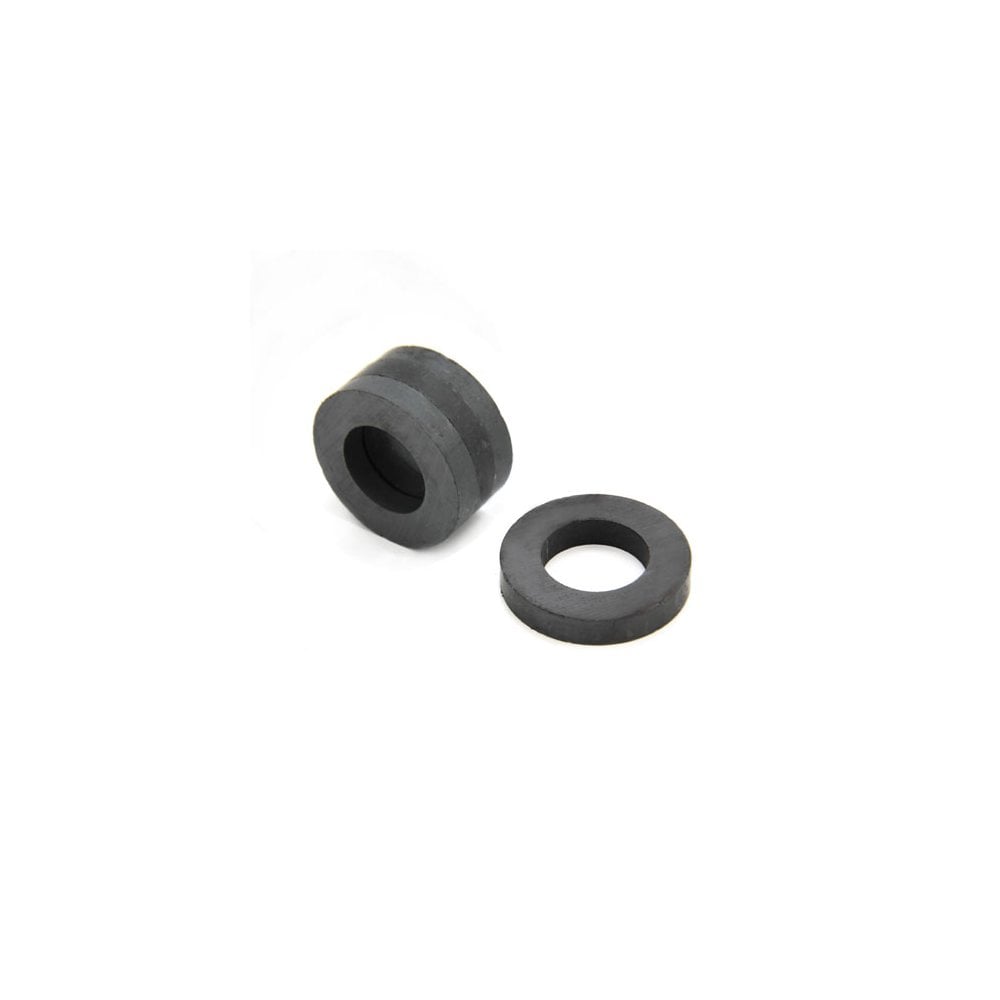Magnets are available in a variety of materials, sizes, and shapes including disc, bar, ring, and several other shapes. The shape of a magnet, however, can tell you a lot more than size.
Each magnet’s shape influences how it is used. The shape of a magnet determines how the magnetic field lines are arranged outside of the magnet as well as the strength of its pull.
So, what are the most common shapes of magnets and how are they used?
Bar Magnets
A bar magnet’s power is focused on either pole and less on the side of the magnet, because of this bar magnets are generally the weakest, as the poles are the smallest area. However, despite their strength, they are one of the most commonly used magnet shapes.
Bar magnets are most commonly used as fridge magnets, compasses, and in classroom demonstrations.
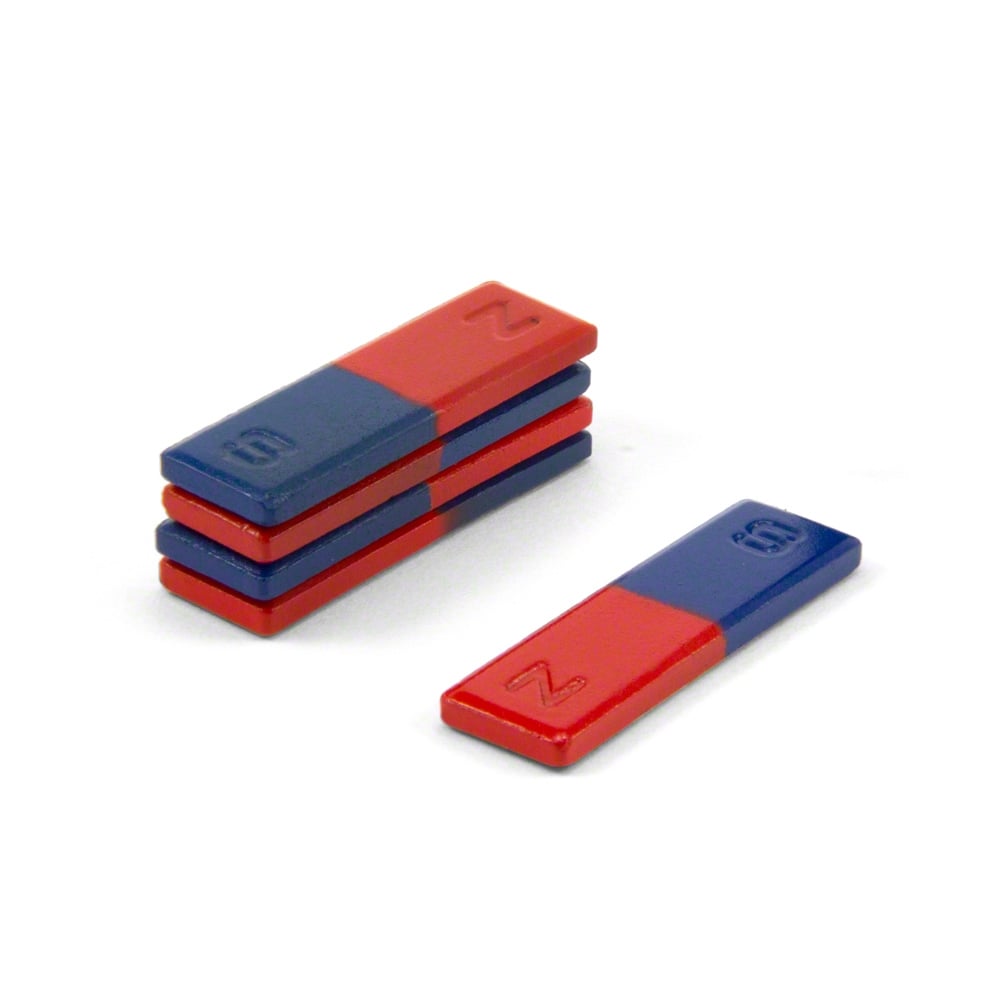
Disc Magnets
Magnet shapes can be edited and designed to increase the surface area of the poles, which therefore increases the magnet’s pull strength. Due to their wide, flat surface, disc magnets have a large pole area making them strong and effective.
The uses of disc magnets will vary depending on their size. Smaller disc magnets are ideal for DIY, crafts, model making, furniture fixing, and more. Whereas larger disc magnets are commonly used in holding applications and with cup assemblies to increase their holding strength.
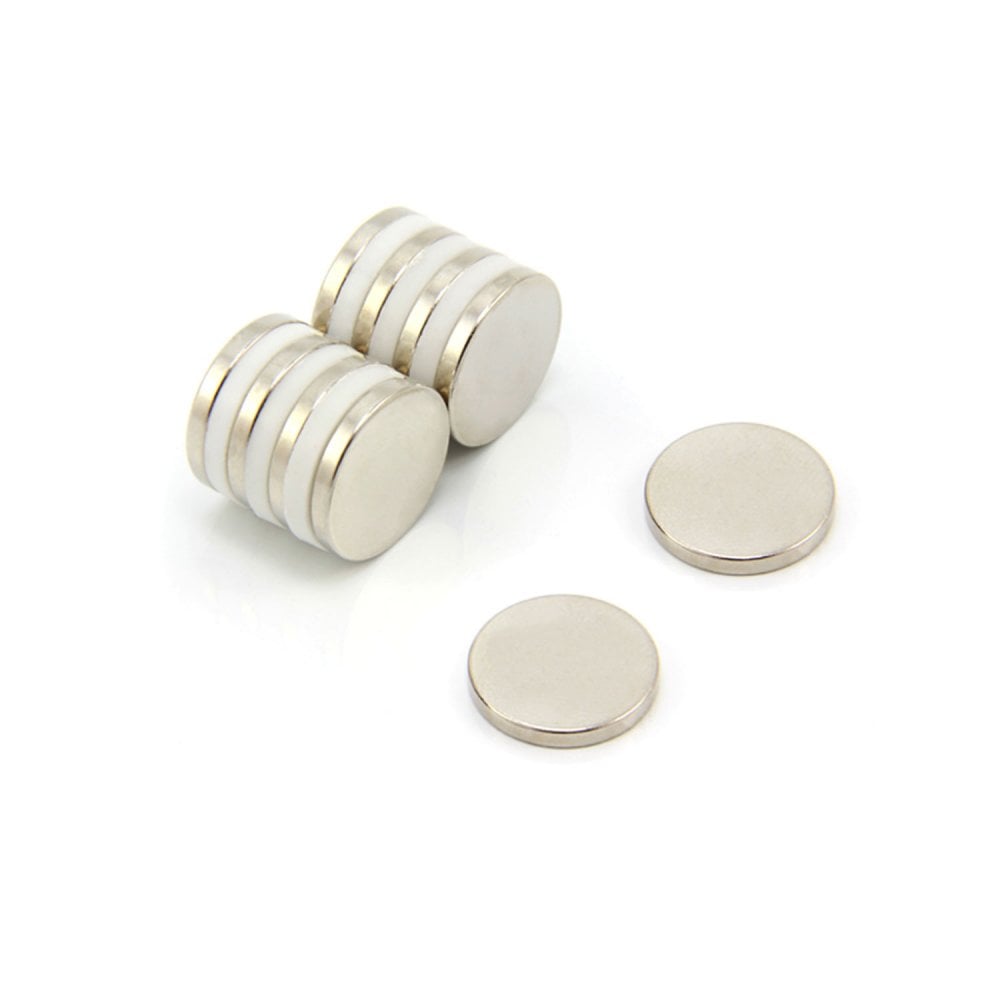
Sphere Magnets
Sphere magnets are ball-shaped magnets that are most commonly used as toys, novelty items, or used in electrical products, magic, and hobby products. This shape can also be used to create bracelets and necklaces.
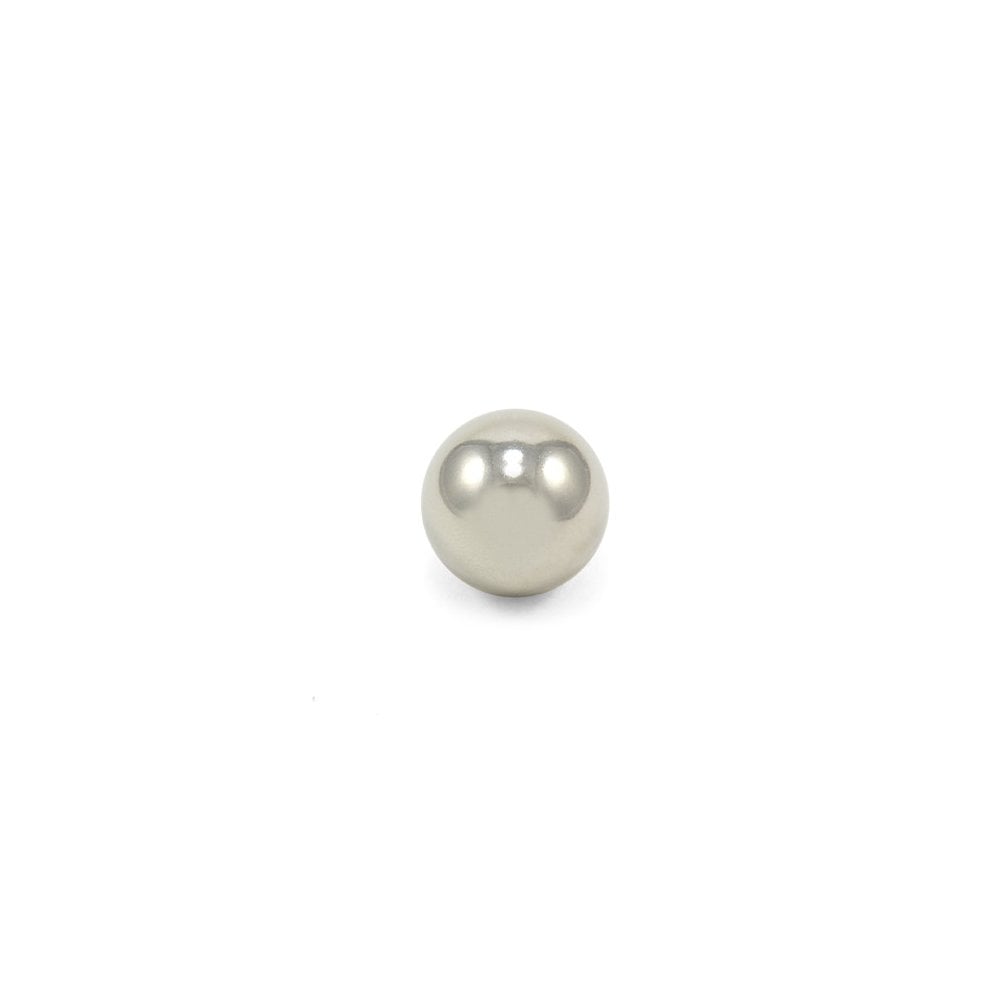
Horseshoe Magnets
Horseshoe magnets have the same structure as bar magnets; however, they are in a ‘U’ shape. This ‘U’ shape design makes them stronger as both poles are pointing in the same direction.
Horseshoe magnets have become the almost universal symbol for magnets and are most commonly used to simply pick up different ferrous objects depending on the size and strength of the horseshoe magnet.
For example, a smaller horseshoe magnet will be able to collect paper clips whereas an industrial-sized horseshoe magnet can be used in engineering, construction, and manufacturing to lift and move large ferrous objects.
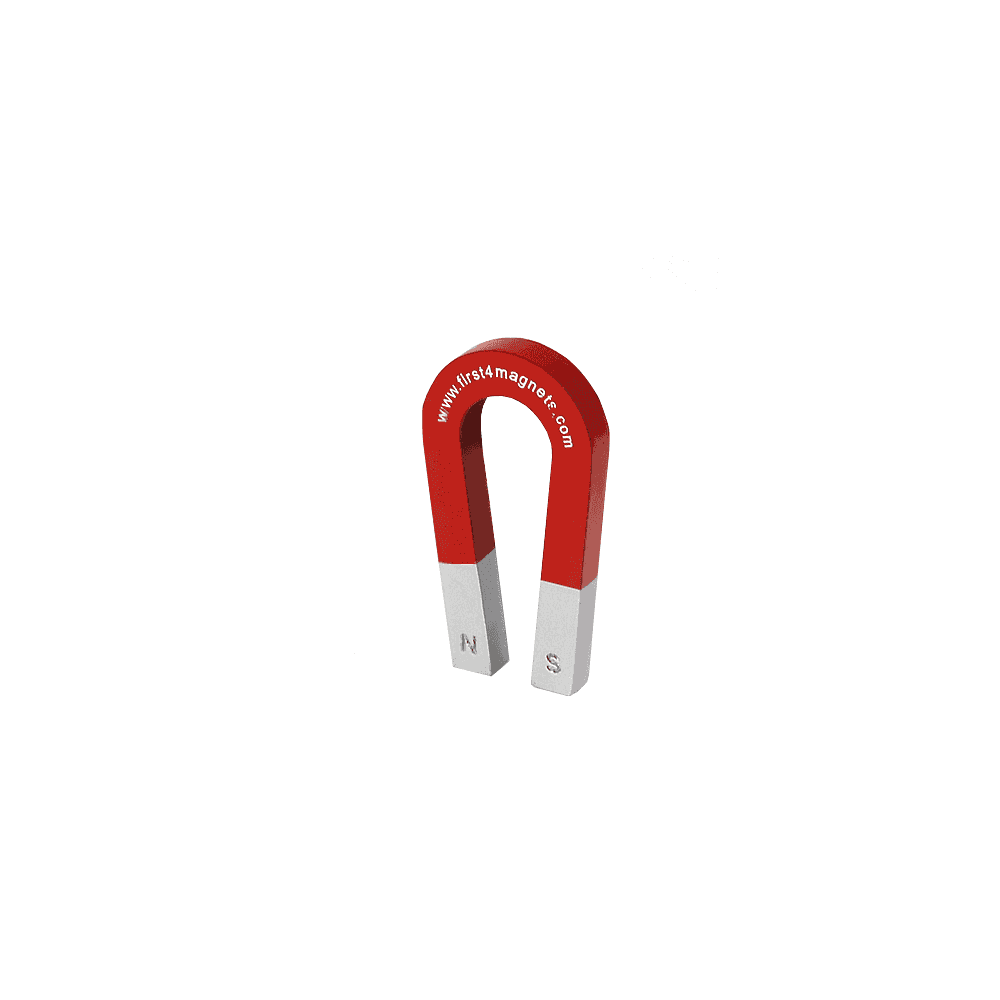
Cylinder Magnets
Cylinder magnets are commonly used in sensor, reed switch, holding, and medical applications.
Cylinder magnets can be magnetised either through the length or across the diameter. Due to their shape cylinder magnets produce a magnetic field with a longer reach.
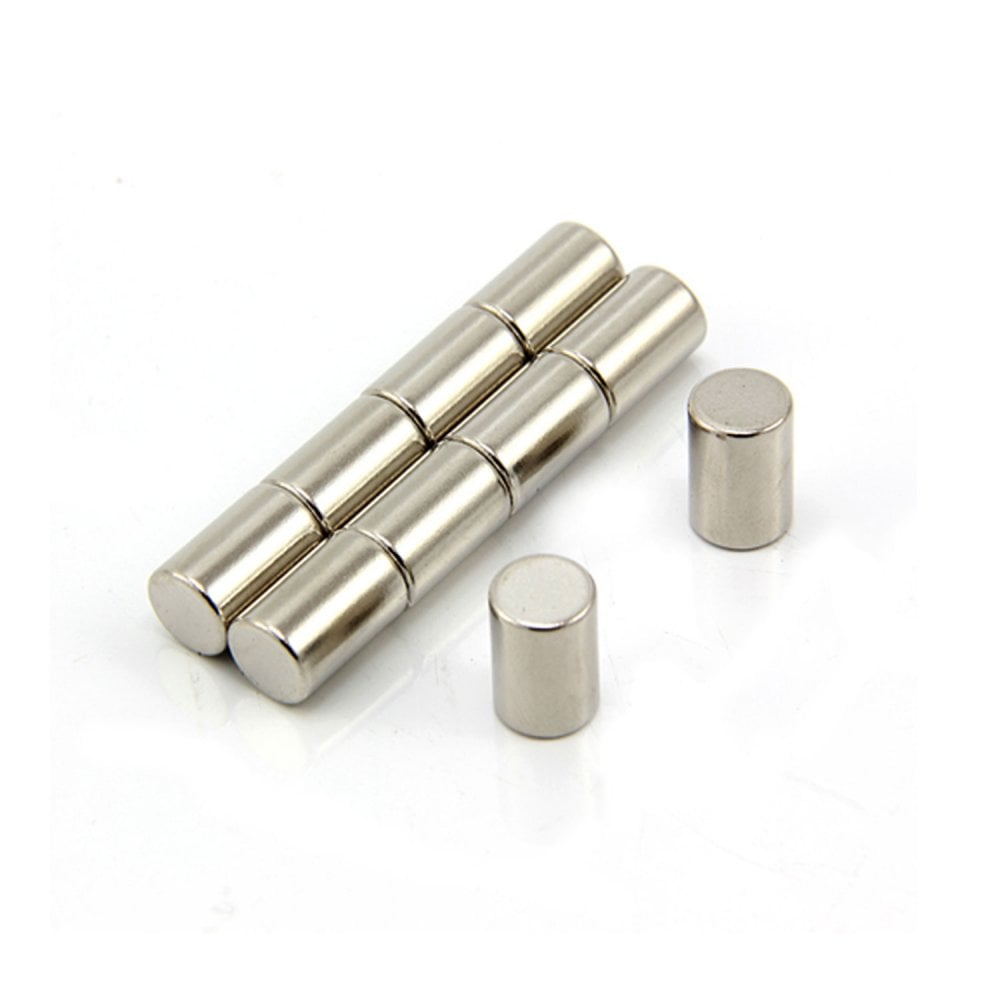
Ring Magnets
Ring magnets have a circular shape and a hollow center, similar to disc magnets, however, the hollow center of this magnet opens them up to an enormous range of possibilities and different applications.
Ring magnets are commonly used in applications such as speakers, sensors, motors, and other automotive and tech-based applications. Ring magnets can also be used in science experiments to demonstrate magnetic repulsion, as the same poles of the magnets’ faces won’t touch.
